Pieris cheiranthi cheiranthi
Canary Large White (Tenerife)
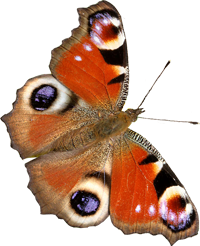
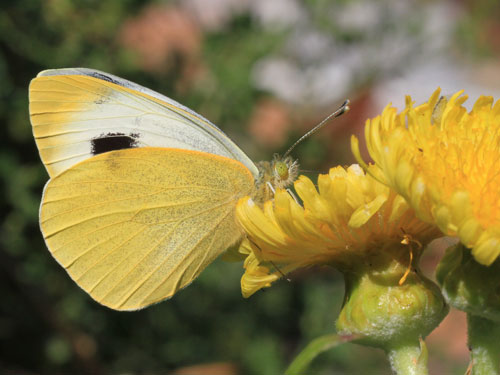
N Tenerife, Spain, April 2012
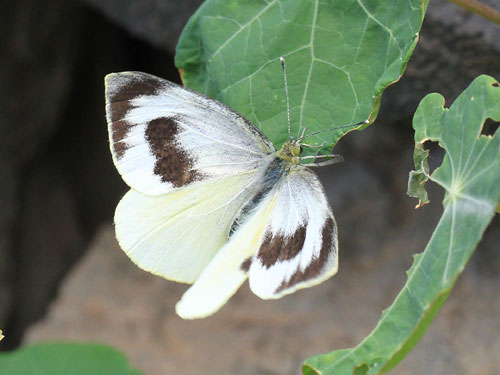
N Tenerife, Spain, April 2012
Field notes and information
A large and conspicuous butterfly. Very local in the laurisilva forests of northern Tenerife and La Palma. It has not been recorded on Gomera for several decades and so is assumed to be extinct there. The species is recorded from Puerto de la Cruz city, Tenerife, where coastal cliffs are used in secondary habitat.
It is considered threatened with extinction due to habitat destruction, very limited range and vulnerability to introduced parasites. A very similar species from Madeira, the Madeiran large white P. wollastoni appears to have become extinct through the same mechanisms. The La Palma populations remain strong and aren't suffering in the same was as those on Tenerife... at least not yet.
Identification & Similar species: Closely resembles the large white and the extinct Madeiran large white, P. brassicae & P. wallastoni, neither of which fly in the western Canaries. There is a suggestion that the former can be occasional on the eastern Canaries.
The female has a distinctive very large black spot on the forewing.
Distribution & Flight: Only from the Canary Islands of Tenerife and La Palma. Extinct on Gomera. It is found in all months of the year. My discoveries in April of adults, eggs and fully grown larvae in April 2014 suggest that broods are overlapping. However, there are likely to be seasonal fluctuations in relative abundance.
Habitat & Behaviour: Primary habitat: laurisilva forests. Secondary habitat (at least on Tenerife) damp coastal gullies. Adults are strongly attracted to flowers for nectar.
Variation: The subspecies benchoavensis flies on the neighbouring island La Palma. It is very similar to the butterflies from Tenerife.
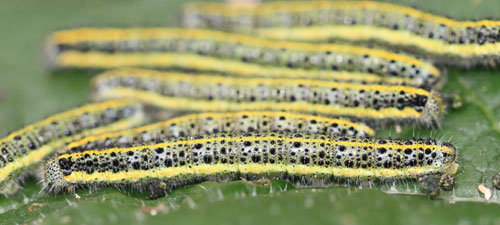
N Tenerife, Spain, April 2012
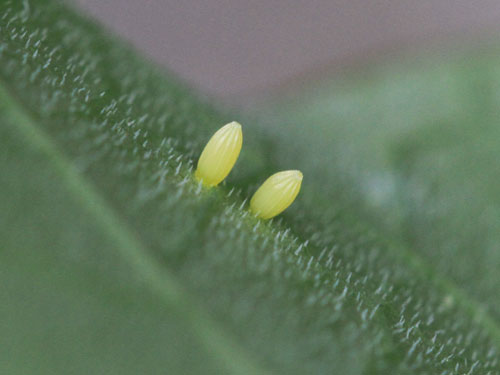
N Tenerife, Spain, April 2012
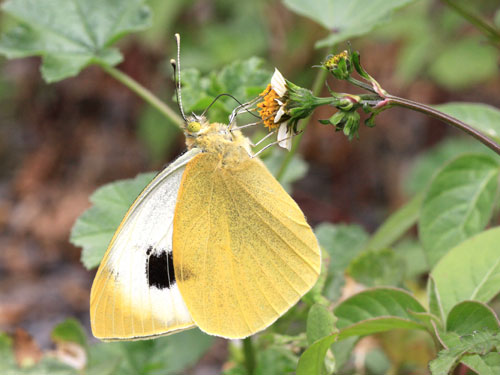
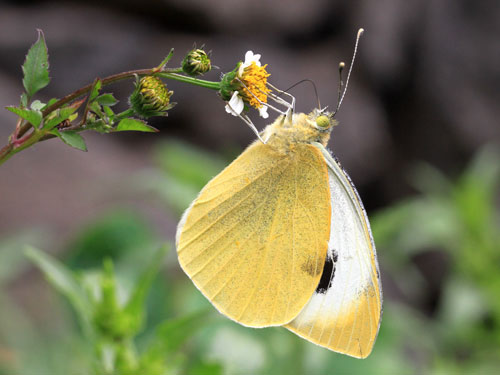
N Tenerife, Spain, April 2012
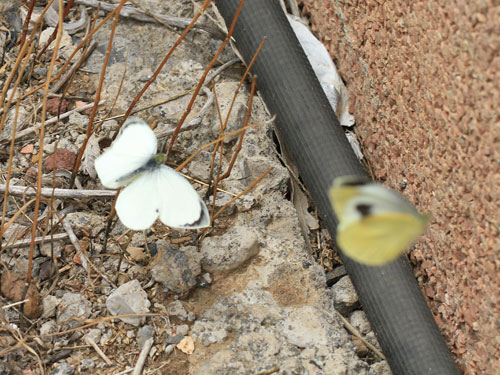
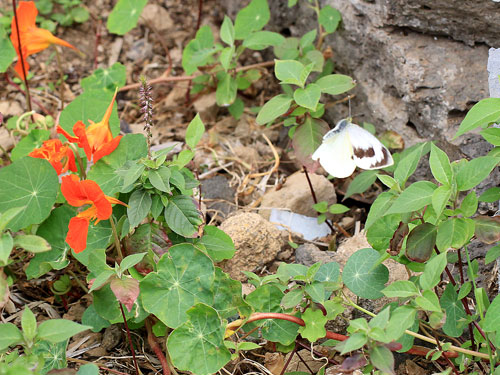
N Tenerife, Spain, April 2012
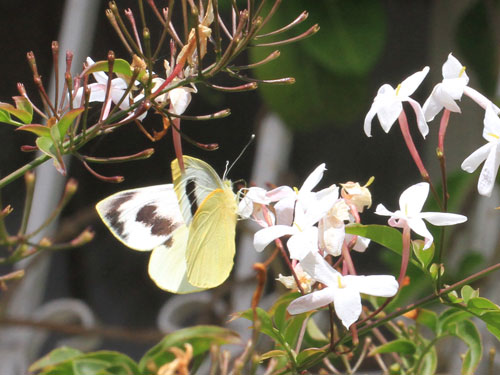
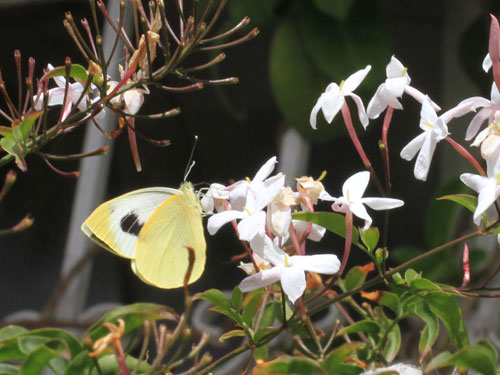
N Tenerife, Spain, April 2012
Female displaying very large upperside forewing spot.
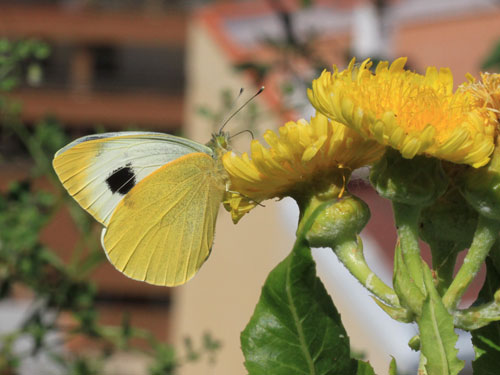
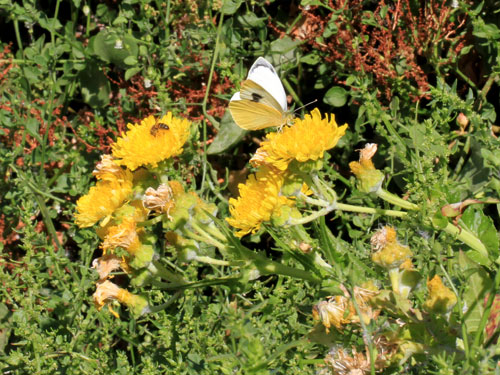
N Tenerife, Spain, April 2012
Males at nectar.
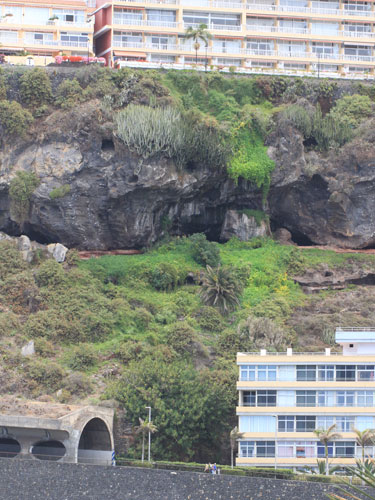
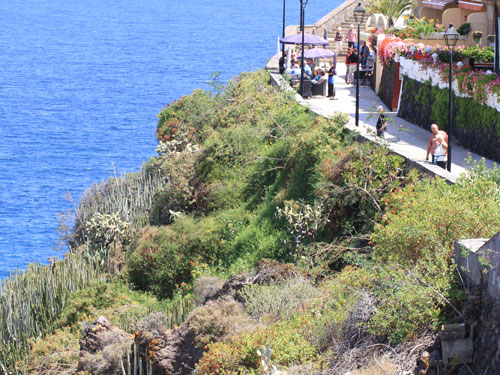
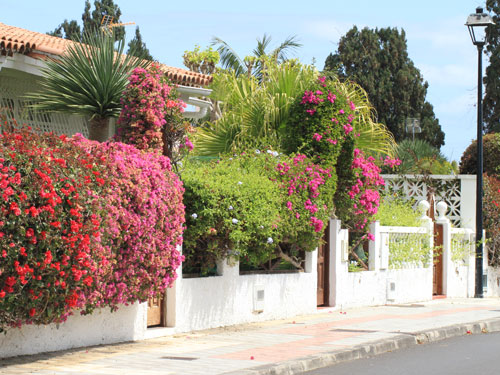
N Tenerife, Spain, April 2012
Secondary habitats - gullies, cliffs and flowery places in town.
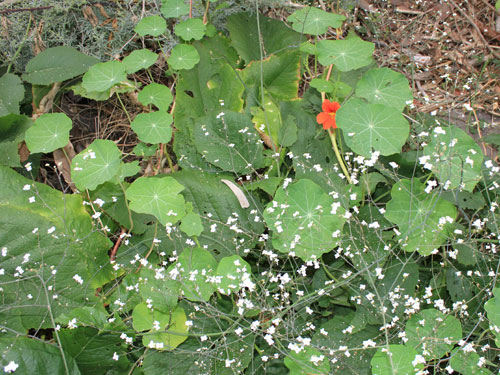
N Tenerife, Spain, April 2012
The large dark green leaves are of the native food plant, the rounder pale green leaves the secondary, introduced, food plant.
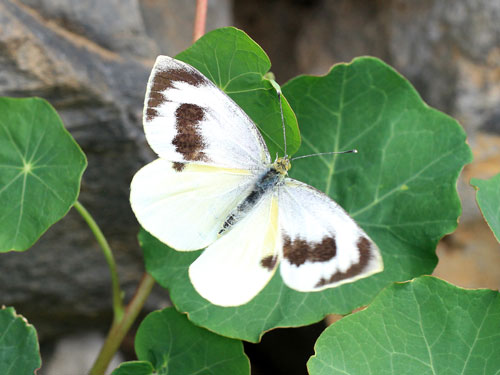
N Tenerife, Spain, April 2012
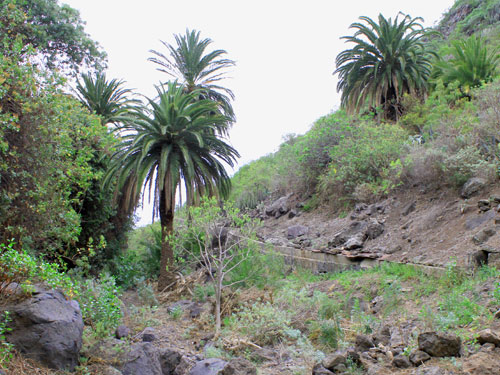
N Tenerife, Spain, April 2012
An irrigation channel can be seen - they change the balance of water distribution on the island, drying out the primary habitats for the species.
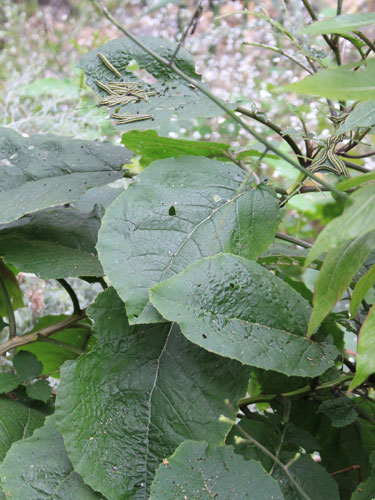
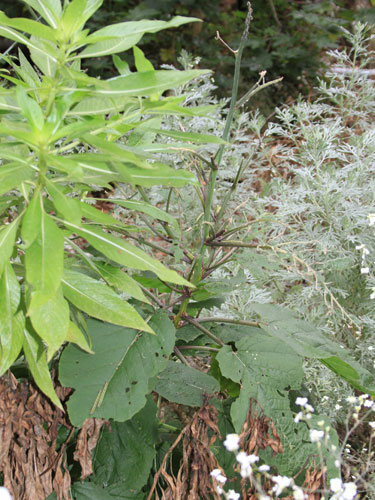
N Tenerife, Spain, April 2012
Native food plant: crag cabbage Crambus strigosa.
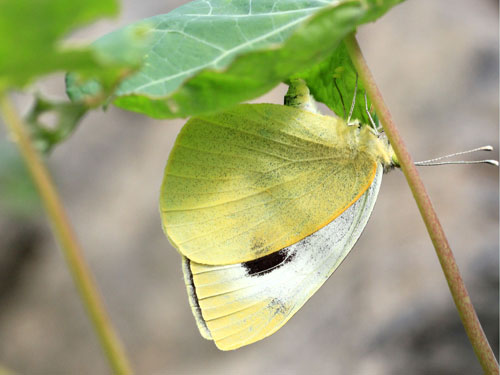
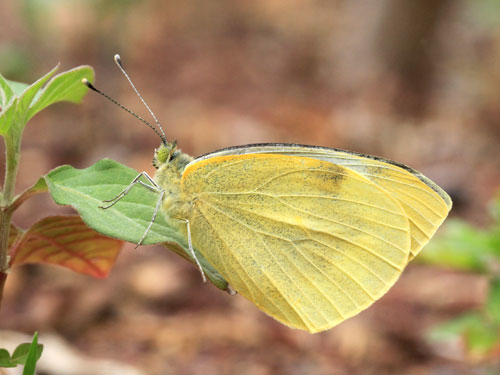
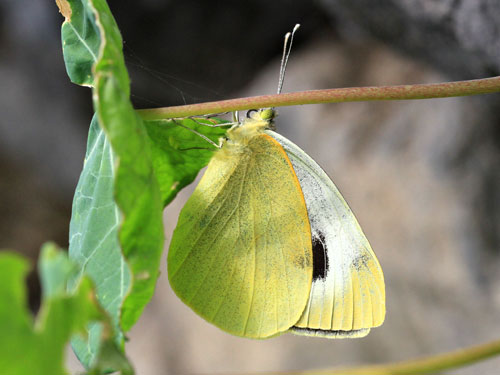
N Tenerife, Spain, April 2012